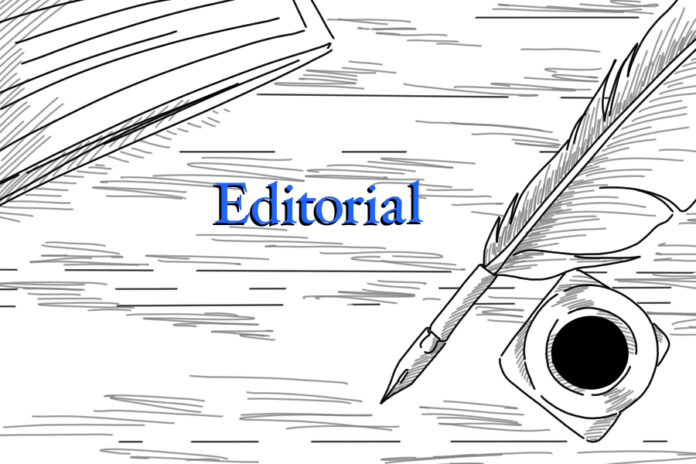Future California climate conditions require better infrastructure
The recent three-day weekend allowed many students the annual opportunity to travel throughout California on short-lived vacations, but most students were unable to go anywhere outside of Davis. This was due to highway closures and roads being physically unable to handle weather conditions from the current Pineapple Express and atypical conditions of snow in the Bay Area and now Southern California with snowfall in Malibu, Pasadena, West Hollywood, Northridge, San Bernardino and Thousand Oaks. In fact, the Los Angeles Times reported that there was technically more snow in Redding than in Boston, as of Feb. 15.
While the weather itself is instilling fear in many Californians unaware of how to handle excess rain or newfound icy conditions, a topic of great concern is the lack of reliability of California highways and infrastructure. Since most all California roadways were not designed with the effects of climate change in mind, land erosion and flooding have caused road closures across the state. Photos of roads halfway destroyed in landslides emerged across news sources as evidence of the weak roads weaving our state together.
Not only does outdated infrastructure cost people their weekend getaways or the convenience of a two-hour drive to the mountains in exchange for an eight-hour road trip, but it also costs billions of dollars. When 2016-2017 caused severe flooding, landslides and coastal erosion, the total cost of highway damages was $1.2 billion. Of those damages, $390 million were in the Bay Area. Caltrans is currently assessing regions of California to find out which areas need to be prioritized for infrastructure projects.
California desperately needs to modernize its transportation in the wake of the climate catastrophes of 2019. This means not only looking to electric vehicles and more public transportation, but also modernizing seismically-unsound roads on which we depend for work, school and, yes, even pleasure.
This means being smart about where we make changes. State Senator John Moorlach of Orange County, for example, proposed having two highways adopt “no speed limit” lanes in order to make transport more efficient. This is just as dangerous, however, as having roads falling from beneath drivers. The prioritization has to be in climate and safety, not just in getting to work faster.
As highways are being “washed away” in Riverside, the time to start improvements is now. Due to damages, state routes are being shut down for over two months. Simply repairing these damages is costly and lengthy. We need to think intelligently about what kind of structures will be able to withstand the conditions that come with climate change and force new kinds of weather on inexperienced Californians.
The longer we wait for roads to fail, the higher the bill rises. As of Feb. 20, $14 million has already been committed to repairing roads affected this past week, and more are sure to need repairs with the weather that is predicted. But in the long run, we need logic in line with a future riddled with rain and snow. Infrastructure policy needs to align with the instability that comes with climate change.
Ultimately, we are a crowded state with many residents and tourists that thrives on reliable forms of travel and commute. Being unable to access areas of California is not only dangerous, but can be avoided. We cannot remain satisfied with our own false sense of security in hopes of a return to sunny yesterdays. We cannot simply tell people to “just please stop coming up here.”
Written by: The Editorial Staff





